Who leads a circle meeting in business?
A circle is held with three points of leadership. Co-facilitation is lightly held by the host and guardian who support the group in fulfilling its intention and (if documentation is needed) a scribe who joins this triangle to record insight and action. This leadership may emerge from the group or from the hierarchy.
Host: The person who issues the invitation, prepares the space where the circle will be held (setting the rim and centre), helps define the scope of conversation, and then participates in the conversation from a position of peer leadership. This position often rotates as the group becomes comfortable with circle process.
Guardian: A volunteer who teams with the host to help the circle stay centered and intentional. The guardian holds some form of “signal to pause” (a bell or chime is most often used) that calls group process to halt— take a breath, note a shift, capture a decision.
Scribe: a participant who agrees to preserve insights, decisions, and actions. Recording can be done using a laptop computer, flip chart or notebook. Sometimes, rather than a single scribe, groups will divide the responsibility. The scribe can also use creative means (e.g. graphic facilitation) to gather the input.
Name three benefits to using circle I can share with my boss or co-workers.
- People are more likely to support changes and initiatives they have helped to shape: circle gives people a way to have influencing conversation.
- The kind of empowerment of the workforce that emerges from circle is almost always positive for the organization, its profitability, and the health of the work environment.
- When people come to know one another across teams, departments, and positions it creates greater cohesiveness and efficiency.
Can I just do one piece of circle to start?
One of the defining characteristics of a circle meeting is taking time to check in and to check out. The meeting is framed by these activities: giving everyone a brief moment at the beginning to say how they are showing up, and brief moment at the end to say how they are leaving. If you just do this, meetings will improve.
How can I do an agenda in a circle-based way?
One person hosts the meeting and develops the agenda. A participant in the meeting sub-hosts each agenda item. Before the meeting, the host negotiates all time, prep, materials, and statement of needed outcome. The host and guardian and all participants enter the meeting with a collaboratively designed timeframe and consensus on priorities.
Business oriented resources for further information:
- The Circle Way: A Leader in Every Chair
- The Circle Way Learning Map
- Stories of where The Circle Way has been used
- The Circle Way application in North America (video)
- The Circle Way international application (video)
- Circle at the core of business practice (video)
- Circle in healthcare leadership (video)

